TikTok Shop Raises Seller Fees Across Europe as Platform Pushes for ‘Content-Driven Commerce’ Expansion
Reading Time: 3 minutesTikTok Shop is raising its sales commission for merchants across five active…
For several days, the marketing and eCommerce world is buzzing with several updates and much contemplation about the Free Google Shopping Feed. There is so much happening. Different types of Google Feeds appear at one-stop, new features standing up to beat competition such as Google Shopping Promotions for free, and so much more. Well, along those lines Google is not stopping to share free goodies anytime soon. Here are more awesome updates for you. Now showcase your products in a special section called, “Shop sales by store” on Google Shopping in just a few short steps.
Did you know about the new opportunity that lets you keep all your profits to yourself? With the exclusion of commission fees from the Google Shopping Actions programs, you can enjoy all the profits made through your sales. Grab the opportunity with us today!
Google has had a fascinating history of Google Shopping from unpaid version to paid to once again unpaid experience.

One cannot doubt that promotions play a vital role in standing above the crowd, increasing clicks and in turn improving sales, thus enhancing the conversion rate for your store. This eventually improves your ranking organically. Thus this beautifully growth-oriented cycle deserves a lot of effort on your part. This time around the double-edged sword of Promotions is tilting towards the sides of the benefits.
Stats can speak for themselves that Promotions always yield a higher conversion rate and a clear win over the competition. Google Shopping now has a section specifically dedicated to the stores running sales. Either in their physical stores or their online store. It depends on how they manage the online store in sync with the offline store as well as how well are they using the different set of programs on Google Merchant Centre.
The richness of information they supply in Google Feed is also an important factor. Have a look at how your store will be highlighted in a separate section specifically for the customers who enjoy a good sale and healthy discounts and are pretty easy to convert.
A lot could be said about where Google is drawing data for these listings, but a good guess would be that it is a combination of places. What drives data for “Shop sales by the store” on google shopping? Active Promotion on a set of quality feed is essential for this.
Another requirement is an online store in combination with physical stores. This selects the products that have a promotion running in a particular store and creates a product landing page for them. It pretty much acts as a filter for customers.
To understand what drives the data for this, one must know what is actually driving data for the Google Shopping Page. Sellers must have a Google Merchant Account with Surfaces Across Google opted in. This will ensure the products get a spot on the shopping page.
Additionally, a selection of Local Surfaces Across Google will ensure exclusive “near me” visibility for the local traffic. Now Google will know what the product is and where customers can get it from a store in their area if they want a physical shopping experience.
Adding a Product page on your online store that can deal with a customer looking for either online purchase or store pick up is a great idea.
Check out what a few top merchants and brands on Google Shopping have done for customers to accommodate Physical store and online purchase actions along with excellent and detailed promotions:

Macy has local stores strewn all across the US and they have an easy to navigate online store that is well in sync with inventory in physical stores giving a close to the ideal omnichannel shopping experience.

The Products available near the customer will be highlighted with a small location mark and a promotion badge. Customers can reach a dedicated page for the products with active promotions on them.
Source: Macy’s
From thereupon they can click on the product near them. They can either explore the options of different Physical Store options available to them right there on Google Shopping. Or they can choose to visit the online store.
Here they can locate stores from the dedicated store locator option. Check out availability in the stores nearest to them and order it online.

Later a simple free curbside pickup is performed where all that a customer needs to do is pop the hood and someone from the store drops their product. This gives a wholesome shopping experience thanks to the multitude of options available.

Another famous retail chain across the US with an online store in addition and well synchronization, Kohl’s is a well-known brand. Their online store offers a very detailed list of stores nearby that actually have the products available.
This undoubtedly adds to the shopper’s experience immensely. Since customers can directly find out which stores have the product available as opposed to trying different stores over and again.

The pick up is absolutely free and can be done within a short period of time. This gives control to the customers and they neither have to go through the in-store shopping hassle or come in contact with people unnecessarily.
Source: Kohl’sThis adds to the appeal amidst the pandemic and social distancing being the need of the hour.

Another apparels and accessories chain in the US has started to deliver the same hassle-free pickup experience for customers. Their online store has the most fantastic well-detailed store locator with a list of services available in that store, timings, location, Google Map locator, etc.
They also update the sales running in the physical stores on their online store. Before checkout, the store allows customers to change their preferences over pickup or shipment. There are so many other stores with a lot to offer to customers.

Hence a combination of excellent well planned set of promotions online in synchronization with the offline store is a great idea. These are some basic strategies for improving the store to better meet the needs of the customers.
It is better to really perform thorough research and explore options that can be implemented in your online store. Focus on the convenience, preference, safety and trust of the customers while planning a revitalization.

Experts can help you by offering a wide range of things that can help your physical retail store earn optimum profits during the Covid-19 pandemic. Get insights into how to balance the profits and discounts properly.
Also, if you are a seller on WooCommerce, you have interesting opportunities to manage your Google Shopping Feed. Or if you are selling on Magento and wondering how you can take advantage of this new update then you too have some interesting prospects.
There is no direct way to set up your store under the Shop Sales by store section of the Google Shopping page. But since Google drives data for this section from your local inventory feeds, that is where you need to work. To do so, adhere to the Local Surfaces Across Policies stated by Google and follow the steps below:
Follow through the “Editorial and professional” and “Offensive and inappropriate” policies for adding your store name and other business information. These two policies are associated with the Branding related actions from Google. Some key pointers are to keep it short and relevant. Avoid using any suffixes, promotional texts, unnecessary punctuations, offensive or inappropriate language, or errors of any kind. Make it clear and professional.
Linking Google My Business Account to the Google Merchant Center ensures that Google gets the information regarding which one of your product is available at the local store or at which location if you have multiple stores. This linking can be done automatically.
Just go to the setting in the GMC account, click “Linked Accounts” and select Google My Business Account.
Click “Link” and this will ensure the automatic linking. Add Business Locations manually in case there are more than one GMB Location groups in the GMB account. If there is just one group, it will be selected automatically.
To do so manually, click the tool icon on the top centre-right of the GMC page. Then follow the steps as Settings> Account Linking> Google My Business Tab>Google My Business Locations> +Business Locations> Select Locations to add> Click Add.
Unlike most famous marketplaces around the world, Google actually allows you to create, build and promote your brand. The Branding Section of the GMC Account is where the sellers need to take action.
Simply follow the steps as Business Information> Branding> Read requirements for image and modify the image file if need be> either drag and drop the image or click upload and select the file.
A primary feed on Google is what contains all the products along with the attributes (Required and recommended both). Google advises sellers to submit one common feed for all programs. But in case you decide to add separate feeds, don’t add the same products in two different feeds. With a single feed, all you need to do is select the location for the products as “Local” or “Online”. To upload the feeds, you can either do it through an XML file. Or use Content API or use a one-click upload inventory solution app.
Using a Local Product Inventory Feed, sellers can specify which products are sold in which store and at what price. These are of two natures: Full and Incremental depending on how frequently they need to be uploaded.
Please note: This is where sellers set up the Sale/ Discount details for the inventories. From the sale price to the effective date of this sale, everything needs to be specified here. Also, the Store Pickup methods and time slots are updated here.
Before qualifying for the inventory showcase, sellers must get their products verified from Google. This ensures that whatever information you are displaying online meets with the physical situation of your store.
For this, you must provide a contact detail, put in a request and complete the verification process. Place the inventory verification request by following the steps as Local Inventory Ads> Select country> Request Verification.
All of this is a bit complicated and involves a lot of technical and SEO based knowledge on the sellers part. Uploading two kinds of feed, branding, store setup, automation of the feeds, synchronization of your online store with Google Merchant Center is a little tedious process.
Additionally, Google requires sellers to update their feeds on a constant basis. This is to make sure that the information on Google Shopping is the most accurate and recent. But at the same time, all of this is totally worth it. Just consider the amount of visibility and traffic boost you get.
But there is an option for you to enjoy only the best parts of the selling experience. Give up the messy angle. Get experts to work for you and make it all happen real quick. Get your Local Google Feed with proper Sales and Promotions live on Google Shopping NOW!
If you are a seller in either India or Canada, you have this unique opportunity to sell your products on Google Shopping for free. The customers in the US would be able to see your products. Also, visit your online or offline store as per their wish and purchase it.
All you need to do is ensure that the merchants must have the capacity to deliver the products to the customers in the US within the time limit. Those sellers who have the capability to ship cross border can simply enjoy this side of the Google Free listing.
If they are selling on Buy On Google (previously known as Google Shopping Actions), their products will appear on “Buy on Google” feeds and Free Google Feeds. Otherwise, sellers must have an online store to act as the supportive landing page for these products.
Google will now allow any business to list products free on Google Shopping
What is New with Google Shopping as Free Listing Rolls out?
Free Listing on Google Shopping Updates: Local Surfaces Across Google
The mention of the Brands (Macy’s, DSW and Kohl’s) is not meant as a promotion, criticism, or appreciation in any form. They have been merely used as an example to indicate certain features available on their stores to educate and advise the sellers. The intention is purely to showcase what sellers can do with their online stores to continue getting sales during the time of the pandemic. CedCommerce is in no way getting compensation or any other advantage by using these names. Selection of these names is purely coincidental. They were selected as they appeared at the top of the list in research on Google Shopping. It could have been any other name. CedCommerce also does not take any responsibility or credit for any product description, product images or any other data mentioned in the screenshots. Neither CedCommerce intends to compare the brands in any way or form.

Reading Time: 3 minutesTikTok Shop is raising its sales commission for merchants across five active…

Reading Time: 11 minutesBy now you have seen your BFCM 2025 numbers. The harder question…
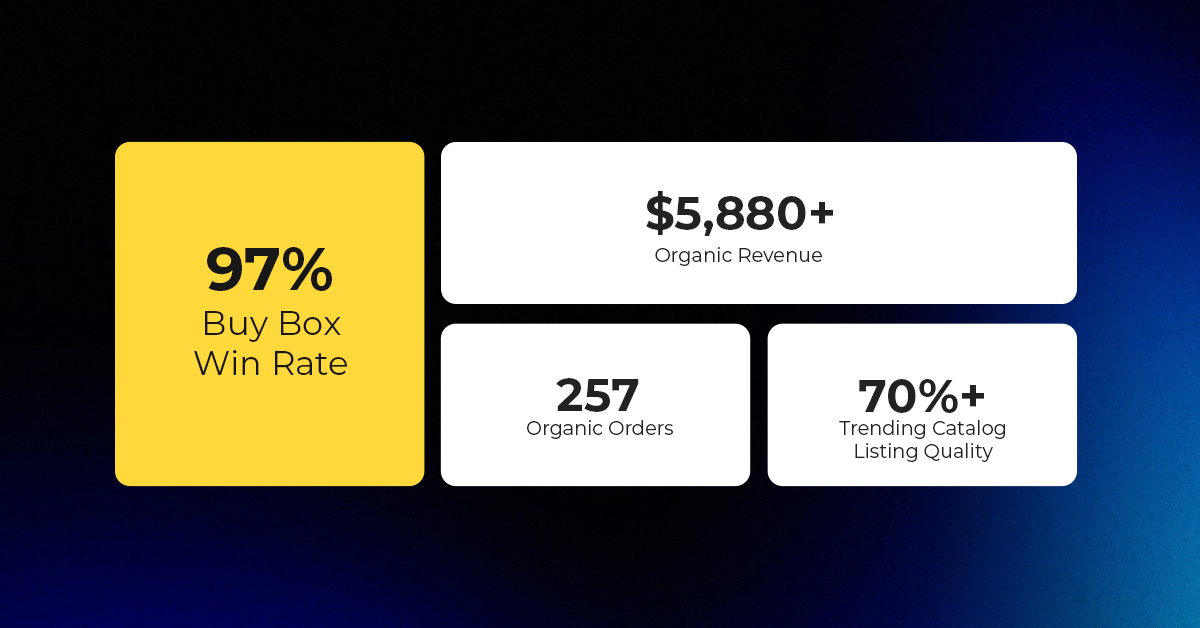
Reading Time: 3 minutesAbout the Brand Name: Vanity Slabs Inc Industry: Trading Slabs- Vanity Slabs…
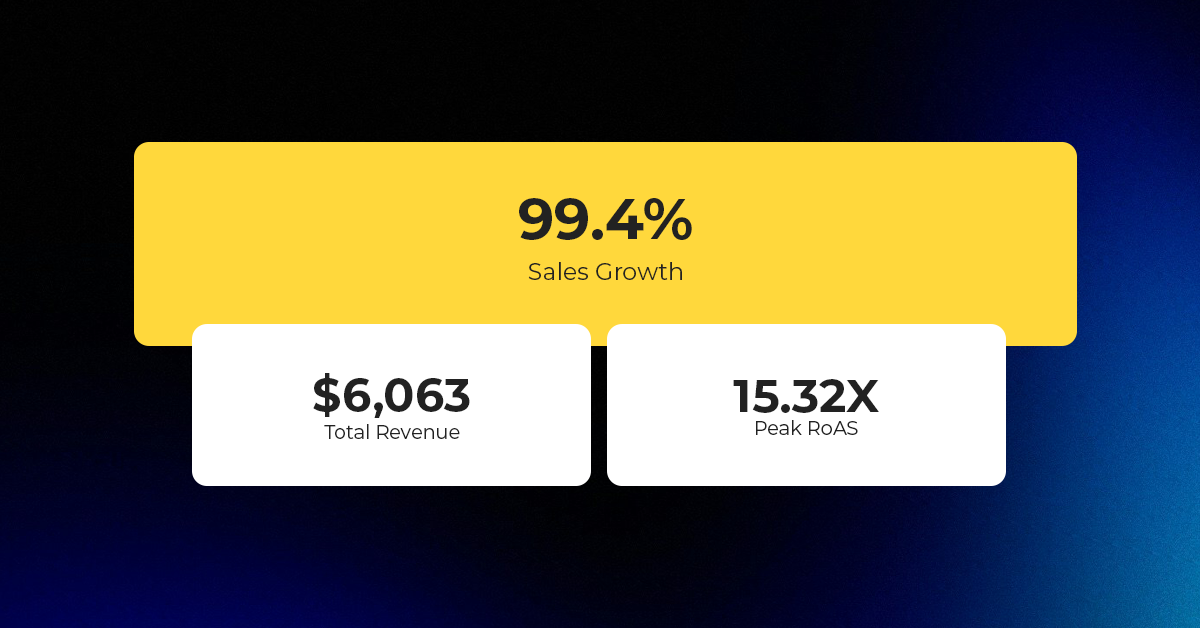
Reading Time: 2 minutesAbout the Brand Name: Ramjet.com Industry: Automotive Parts & Accessories Location: United…
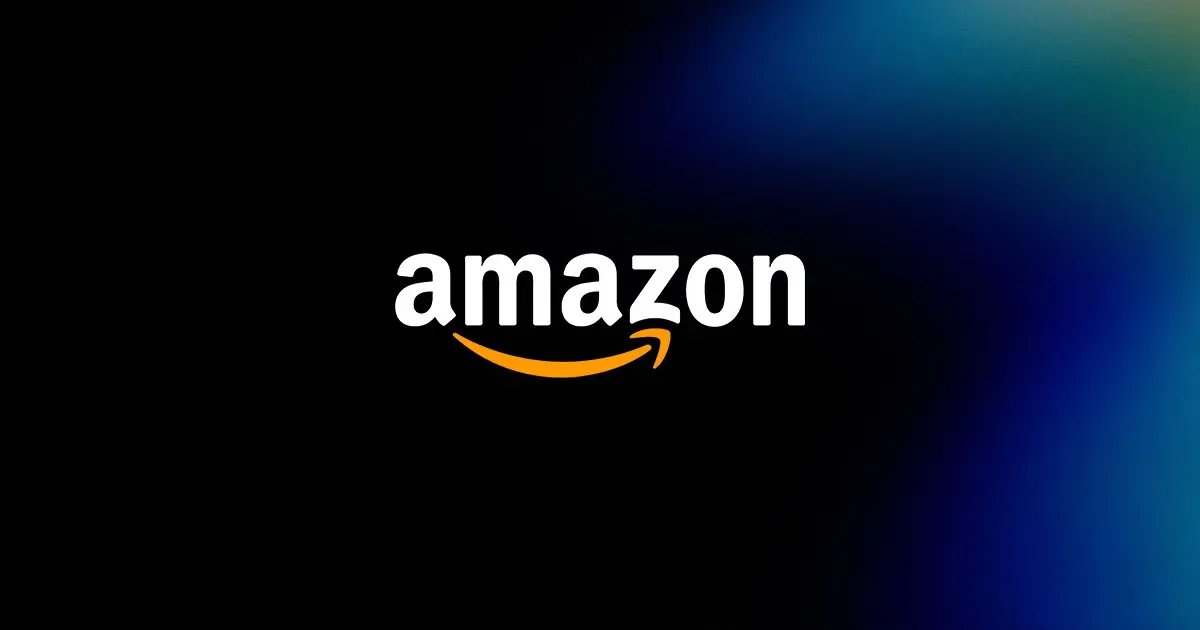
Reading Time: 2 minutesAmazon is rolling out strategic referral fee reductions across five major European…

Reading Time: 4 minutesQuick Summary: Scaling Lifestyle Powersports on eBay with CedCommerce Challenge: Zero marketplace…

Reading Time: 4 minutesTikTok has surpassed 460 million users across Southeast Asia, reinforcing its position…

Reading Time: 3 minuteseBay has released its final seller news update for 2025, with a…

Reading Time: 3 minutesAmazon has clarified its stance regarding speculation around a potential breakup between…
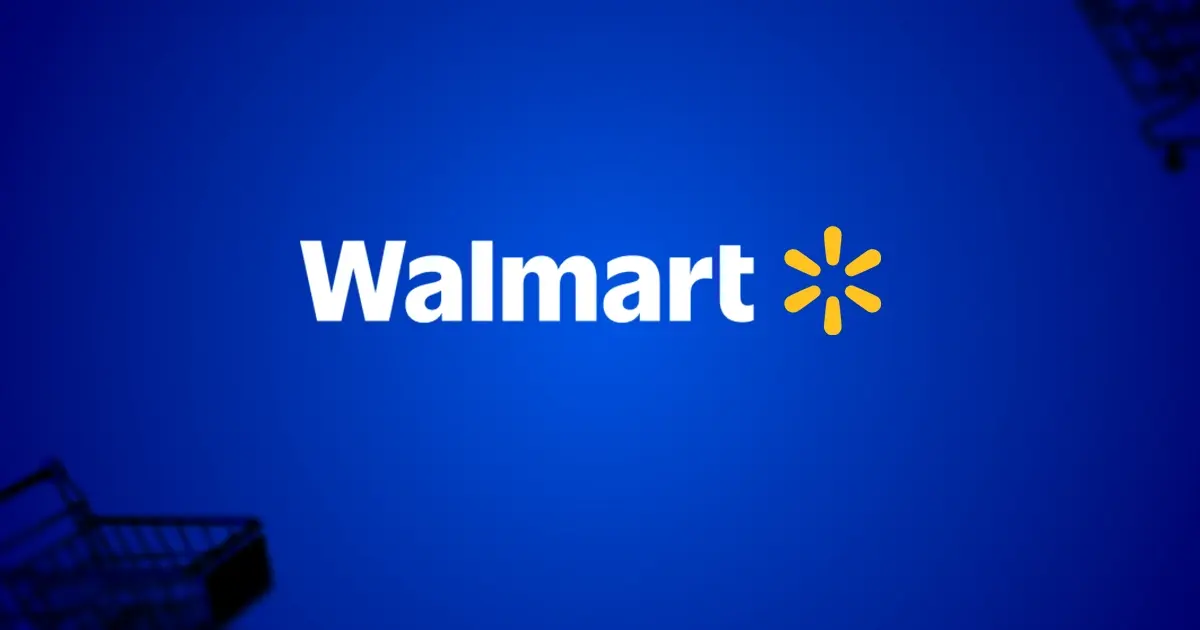
Reading Time: 4 minutesWalmart is accelerating its push into next-generation fulfillment by expanding its drone…

Reading Time: 4 minutesFaire, the fast-growing wholesale marketplace connecting independent retailers with emerging brands, has…

Reading Time: 4 minutesB2B buying in the United States is undergoing a fundamental behavioral shift…
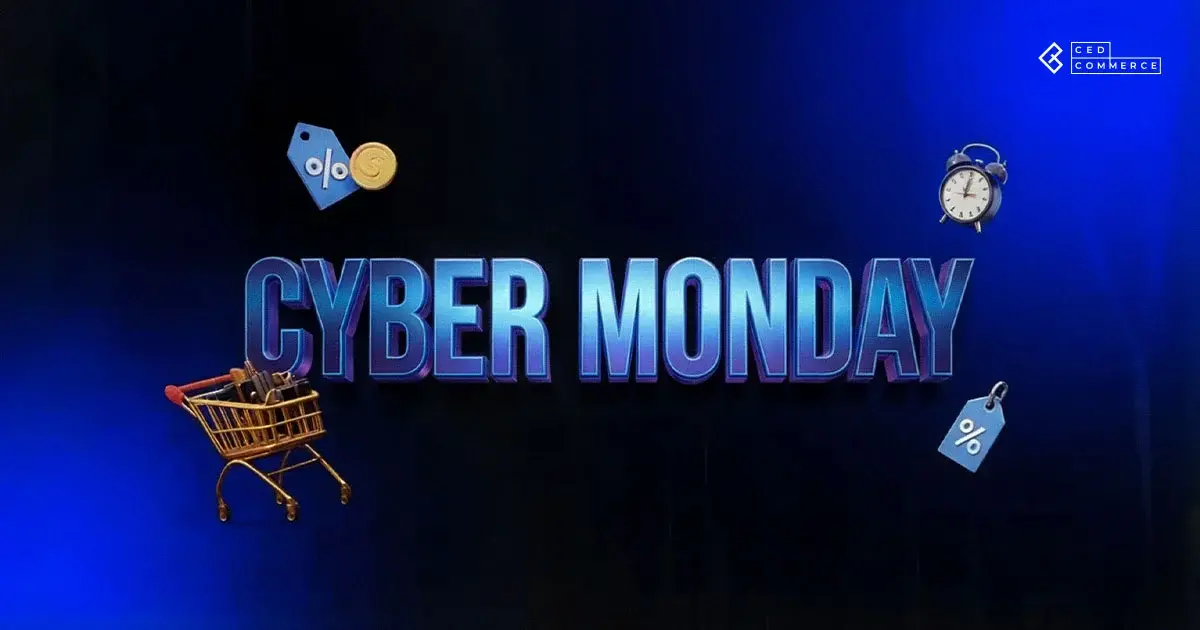
Reading Time: 3 minutesSummary Cyber Monday 2025 has officially become the largest online shopping day…

Reading Time: 2 minutesSummary Amazon kicked off December with two major developments shaping the future…
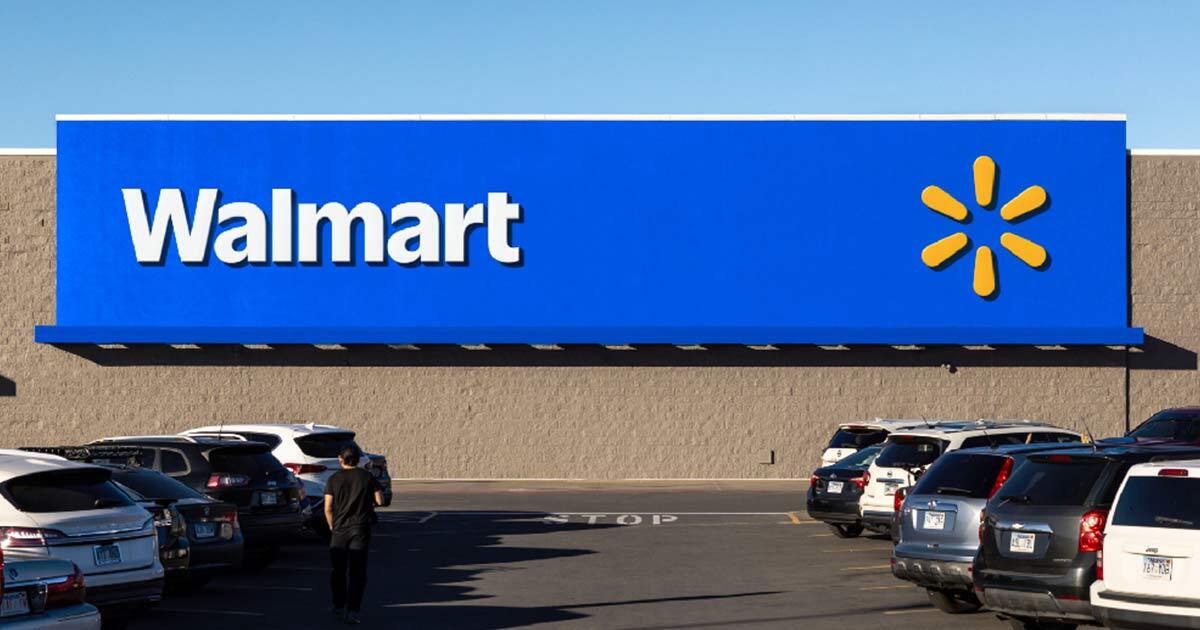
Reading Time: 2 minutesSummary Walmart has entered December with two major moves that signal a…
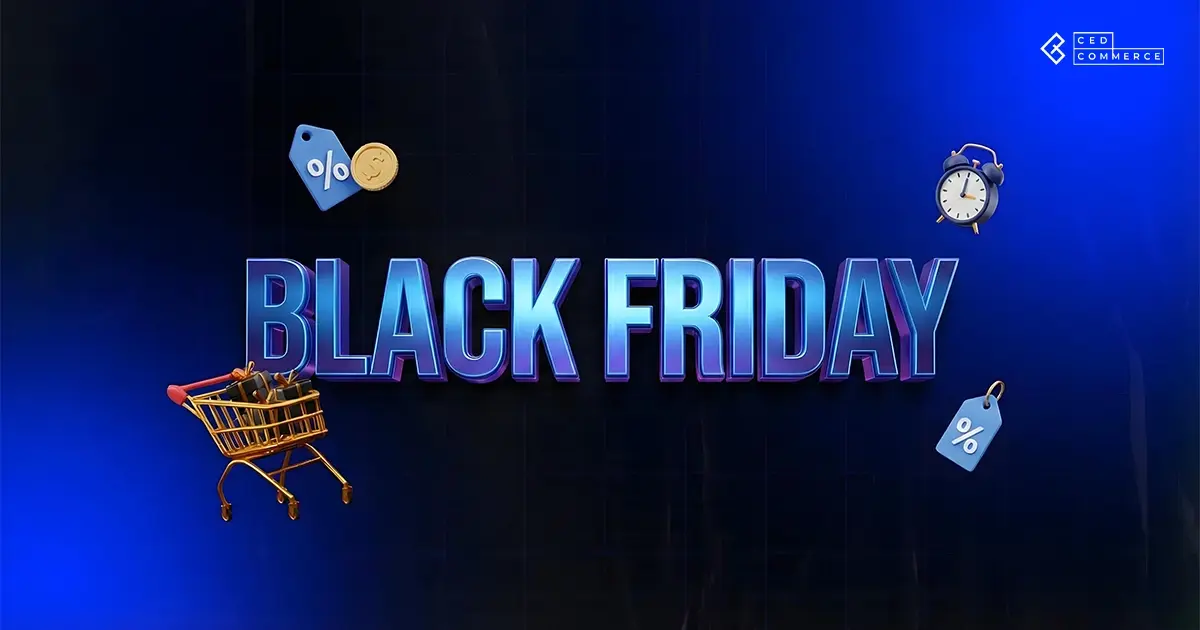
Reading Time: 2 minutesBlack Friday 2025 delivered the strongest U.S. eCommerce performance in history, as…
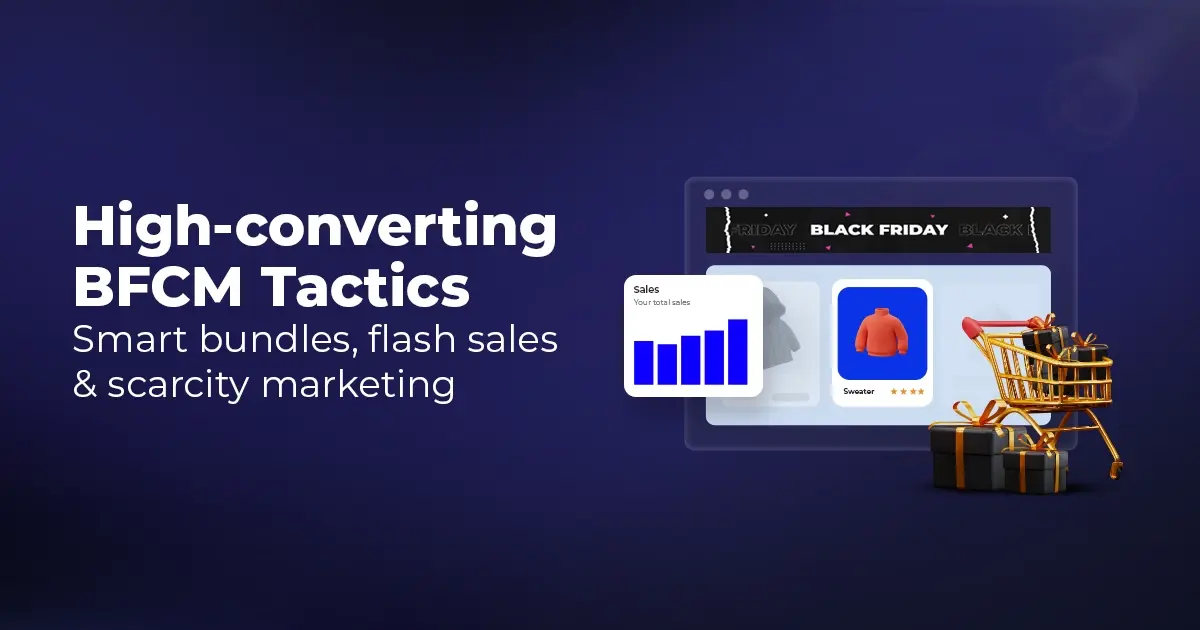
Reading Time: 13 minutesStill approaching BFCM with generic discounts, last-minute price cuts, or scattered promotions?…

Reading Time: 3 minutesTikTok Shop reached a major milestone during its largest U.S. “Global Black…

Reading Time: 3 minutesOpenAI has announced a new AI-powered shopping research tool designed to help…

Reading Time: 9 minutesIf your TikTok Shop listings often sit in review or your visibility…